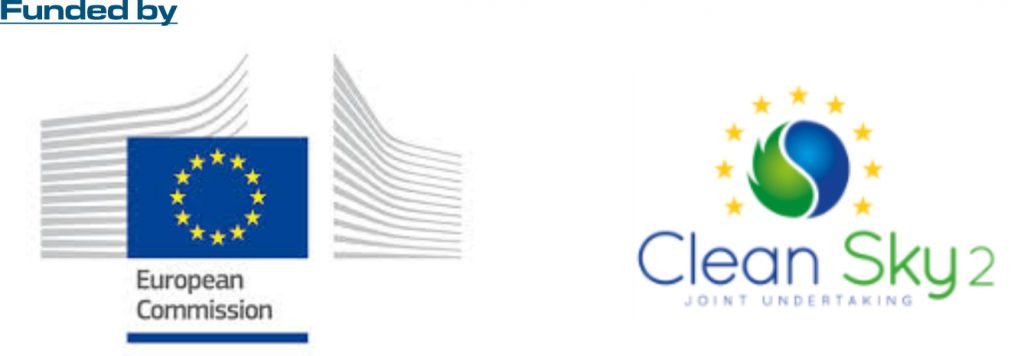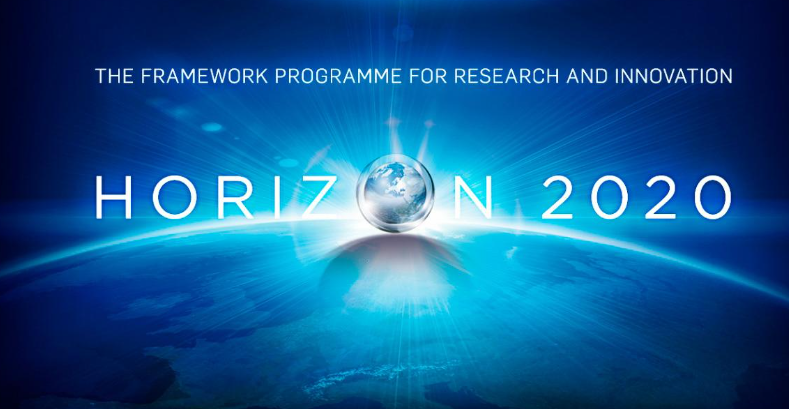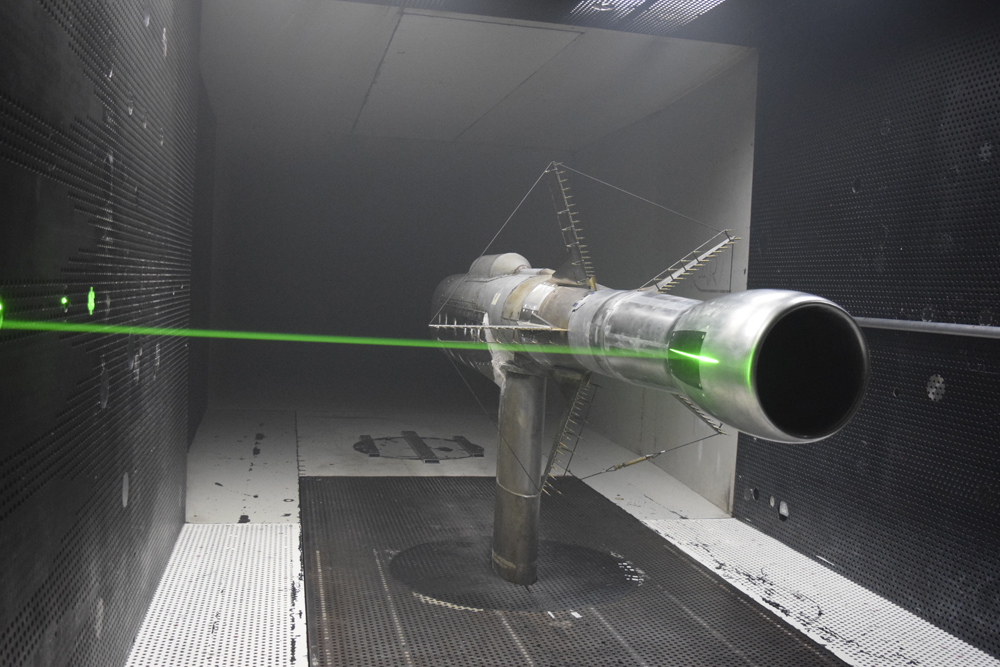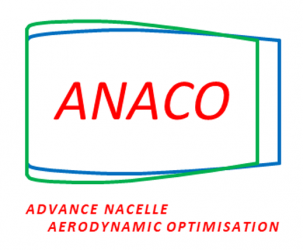The ANACO (Advance Nacelle Aerodynamic Optimisation) project is funded by the Clean Sky (2) Joint Undertaking.
ANACO will facilitate the multi-objective optimisation of short and slim nacelle design for the next generation of ultra-high bypass ratio (UHBPR) aero engines. UHBPR engine architectures offer increased propulsive efficiency through operation at reduced specific thrust, enabled by increased engine diameter. This poses special challenges, both in terms of the aerodynamic drag of the isolated nacelle and the potential for interference effects which may be imposed by a close-coupled installation on the aircraft wing.
ANACO will initially generate a population of short and slim nacelle designs which seek to minimise overall mission, rather than single design point, drag. These designs will be optimised using the latest numerical methods prior to down-select for isolated, high speed wind tunnel test enabling validation of the design tools applied. As part of this testing, experimental data quality will be improved by the enhancement of existing, and the development and application of novel, measurement techniques. The feasibility of simulating the installed wing pressure field during wind tunnel test will be assessed and, if established, will be applied during testing. The success of the optimised, down-selected geometries will also be investigated by simulation in an installed situation enabling both the overall performance improvements of the integrated wing and nacelle and the individual contributions to be understood. Finally, ANACO will deliver design rules and guidelines for future application in the design of novel, short and slim nacelles.


This project has received funding from the Clean Sky 2 Joint Undertaking (JU) under grant agreement No 820997. The JU receives support from the European Union’s Horizon 2020 research and innovation programme and the Clean Sky 2 JU members other than the Union.


